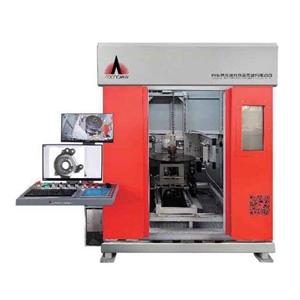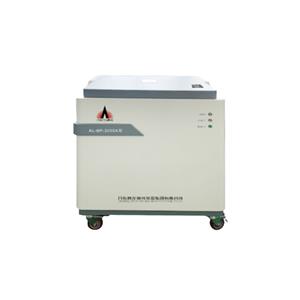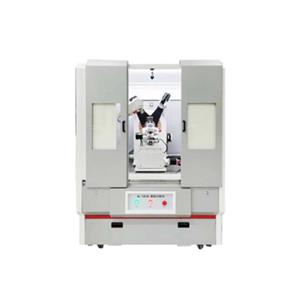What are the main applications of X-ray diffractometers?
X-ray diffractometer uses the principle of diffraction to accurately determine the crystal structure, texture and stress of substances, and accurately perform phase analysis, qualitative analysis, and quantitative analysis. Widely used in metallurgy, petroleum, chemical industry, scientific research, aerospace, teaching, material production and other fields.
X-ray diffractometers have various forms and different uses, but their basic composition is very similar, and the main components include 4 parts.
1. The high-stability X-ray source provides the X-rays required for the measurement. The wavelength can be changed by changing the material of the anode target of the tube, and the intensity of the X-ray source can be controlled by adjusting the anode voltage.
2. The sample and the adjustment mechanism system of the sample position and orientation The sample must be a solid block of single crystal, powder, polycrystalline or microcrystalline.
3. The ray detector detects the diffraction intensity or simultaneously detects the diffraction direction, and the polycrystalline diffraction pattern data can be obtained through the instrument measurement recording system or the computer processing system.
4. Diffraction pattern processing and analysis system, modern X-ray diffractometers are equipped with computer systems installed with diffraction pattern processing and analysis software, which are characterized by automation and intelligence.
The main applications of Desktop x-ray diffractometer are as follows:
1. Science
Research and development of advanced materials, work that involves studying the properties and uses of various substances, such as metals, ceramics and plastics, with applications ranging from space science and defense technology to consumer products. X-ray diffraction (XRD) is the main technology for studying advanced materials, including the following functions: identification and quantification of phases, determination of crystallinity of phases, crystal structure, crystal orientation and texture, pole figures, etc. The effects of non-environmental conditions on these functions are also frequently investigated in conjunction with XRD techniques. Searches are available for a variety of sample types, from powders to solid materials of all shapes and sizes, liquids and semiconductor wafers.
2. Geology, Minerals and Mining
In studying planetary processes and Earth's tectonic processes, geographers need to analyze the composition of rock and mineral samples. Analytical techniques such as small point excitation, distribution analysis and standard-free quantitative analysis have increasingly become the main instruments in the field of geological research and mineralogical research.
3. Metal
Foundries, smelters and steel mills as well as other aspects of the metals industry are continuous production and require day and night control of production and the quality of incoming and outgoing materials. The chemical content of the alloy, residual stress is an important characteristic related to structural failure. The excellent spatial resolution and ability to measure hardened materials provides non-contact measurement.
4. Coating
Every aspect of modern life benefits from coating or thin-film technology. Whether it's a barrier film on an integrated circuit chip or a coating on an aluminum beverage can, X-ray is an indispensable analytical technique for research and development, product process control and quality assurance.






